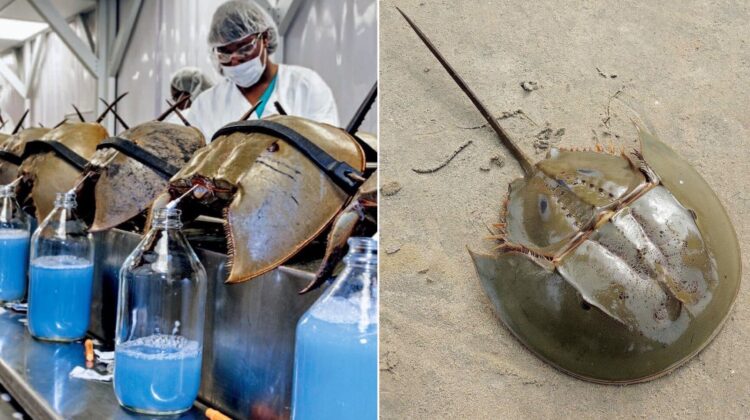
Imagine a creature that predates the dinosaurs by millions of years, yet plays a critical role in safeguarding our health today. Meet the horseshoe crab, a fascinating “living fossil” with a surprising connection to modern medicine.
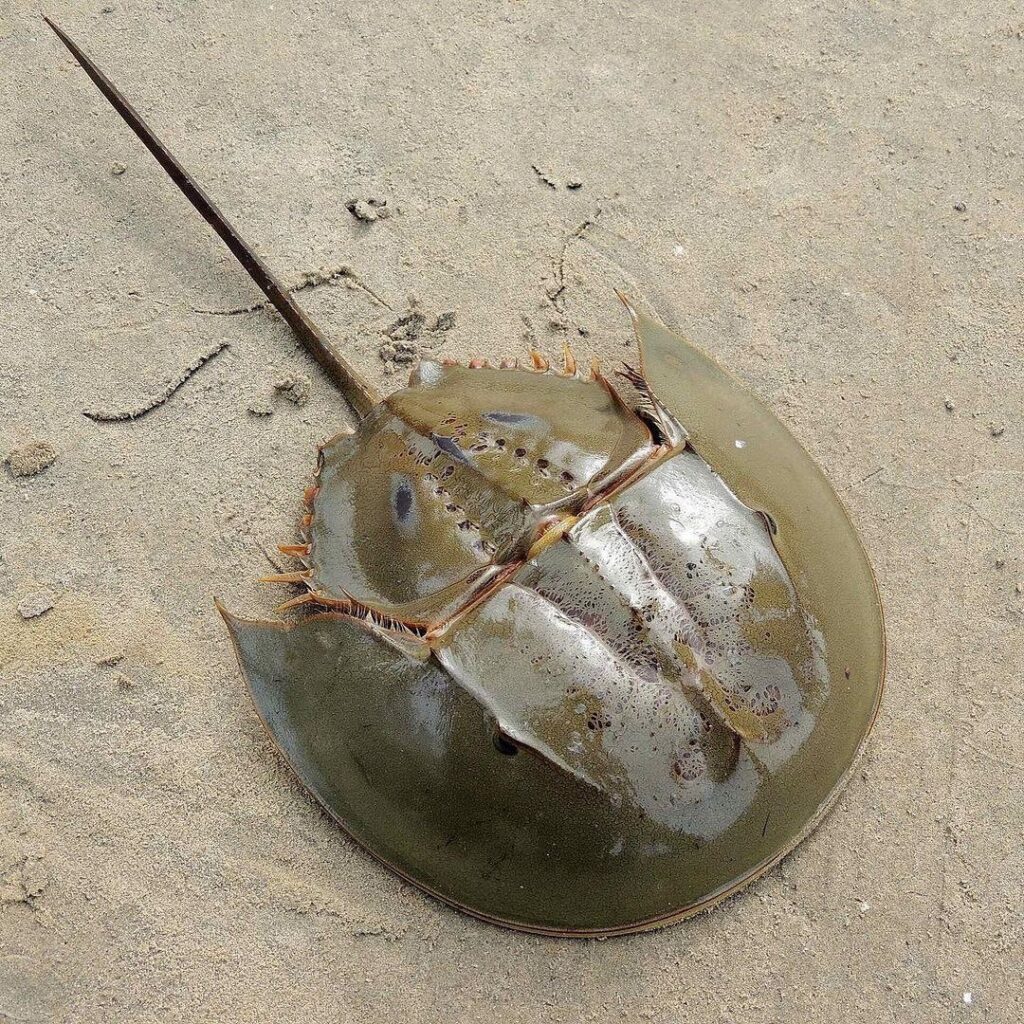
These helmet-shaped arthropods, with their spiky tails and five pairs of legs, have walked the Earth’s oceans for over 445 million years. While their ancient lineage is impressive, their true value lies in their unique blood. Unlike human blood, horseshoe crab blood is copper-based and appears colorless to slightly yellow. However, it contains special cells called amebocytes that react in a very specific way – they clot when exposed to bacterial toxins.
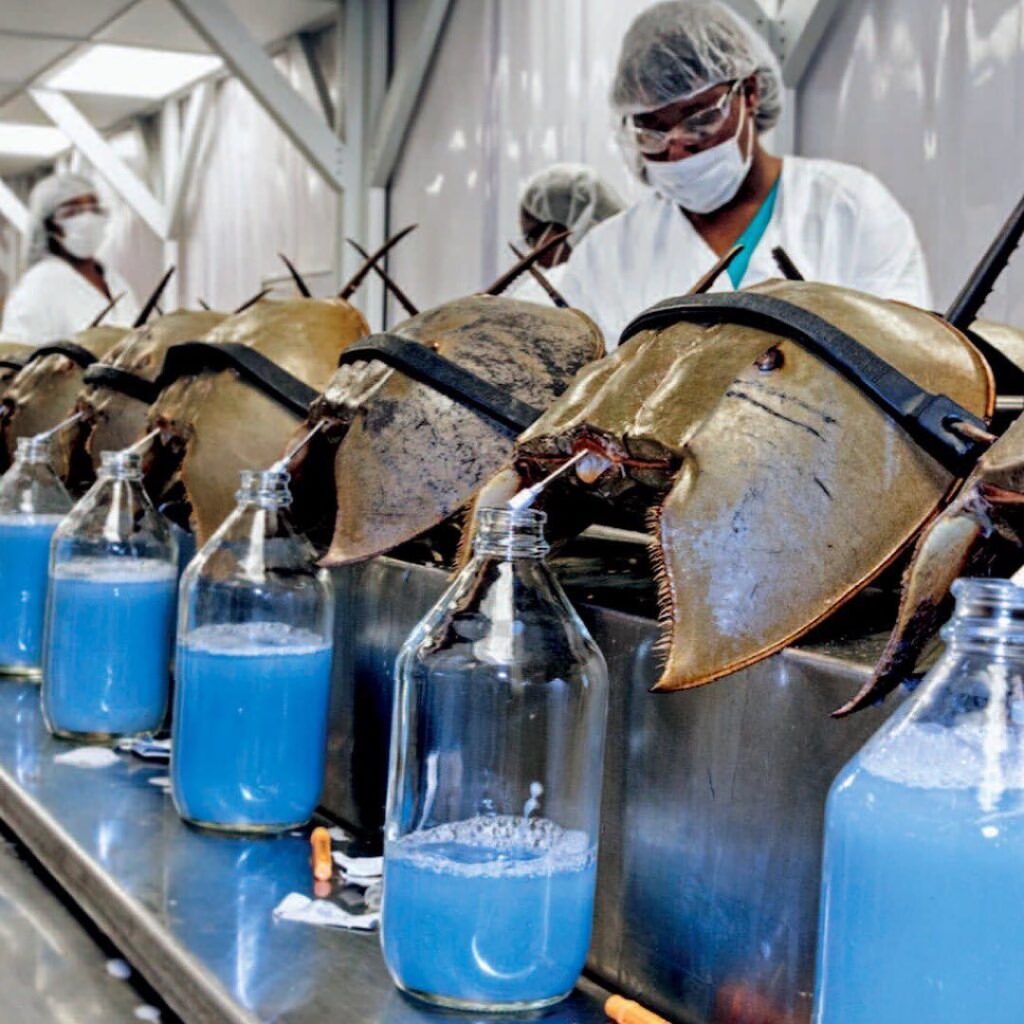
This remarkable property has made horseshoe crab blood a cornerstone of medical research. Since the 1970s, a test derived from their blood cells has become the gold standard for detecting endotoxins, harmful bacterial substances that can contaminate vaccines, intravenous drugs, and medical devices. Without this test, ensuring the safety of these life-saving products would be significantly more challenging.

Unfortunately, the horseshoe crab’s future is under threat. Overharvesting for use as bait in the fishing industry, coupled with habitat loss due to coastal development, has pushed these vulnerable creatures towards extinction. This decline poses a significant problem for not only the health of the ecosystem, but also for the security of our medical advancements.
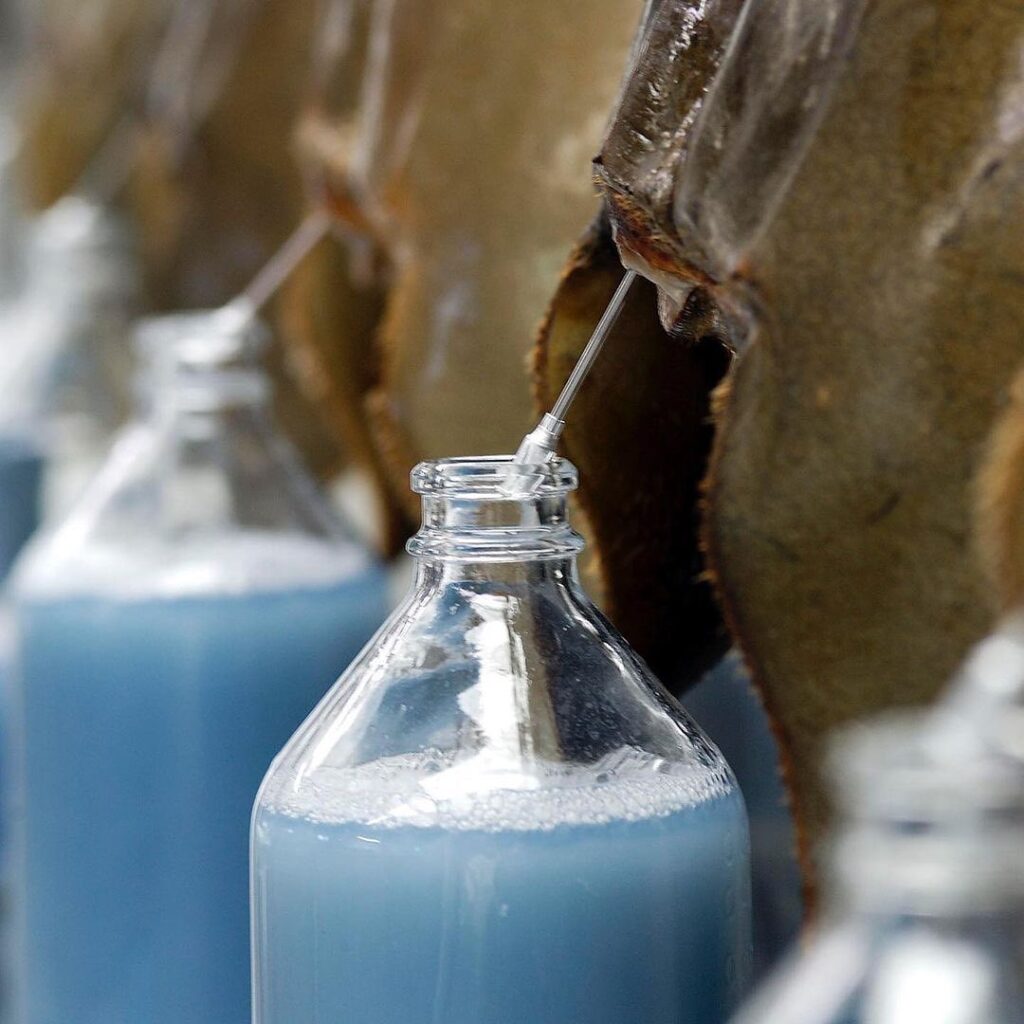
Thankfully, there is hope. Conservation efforts are underway to protect horseshoe crab populations. Researchers are also actively developing alternative testing methods that do not rely on these vital creatures.

So, what can you do to help? Here are a few ways to make a difference:
- Support organizations dedicated to horseshoe crab conservation.
- Be mindful of seafood choices that might contribute to overharvesting of baitfish, which in turn can increase demand for horseshoe crabs.
- Spread awareness about the importance of horseshoe crabs and the threats they face.
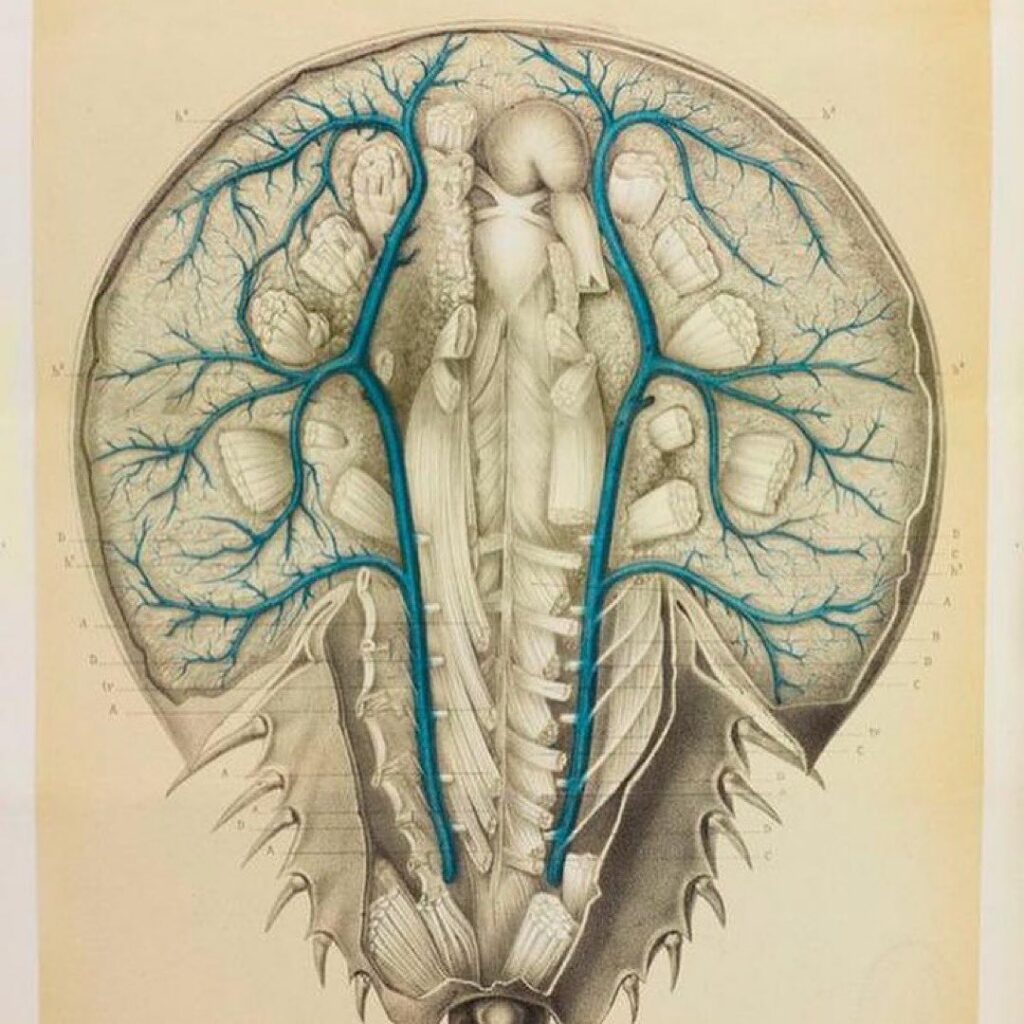
By taking action, we can ensure these ancient protectors continue to safeguard our health for generations to come. The future of modern medicine might just depend on it.

Leave a Reply